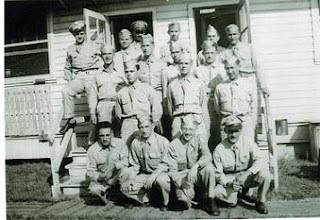Gilgamesh was a legendary character of ancient middle eastern lore. He was a giant and a tyrant king in ancient Iraq who was said to have survived "the Great Deluge." The people prayed for help and the gods sent Gilgamesh a wild man named Enkidu to take him on a journey and teach him a lesson. A while back, there was an article stating that the grave of Gilgamesh had been found. Then there was nothing else said about it.
Was a skeleton or mummy found? Was Gilgamesh real? Was he a giant? Perhaps that information will never be known.
Gilgamesh is a demigod of superhuman strength who built the city walls of Uruk to defend his people from external threats, and travelled to meet the sage Utnapishtim, who had survived the Great Deluge. He is usually described as two-thirds god and one third man.Sources: http://en.wikipedia.org/wiki/Gilgamesh
http://en.wikipedia.org/wiki/File:Kapara_relief_Gilgamesh_winged_sun.jpg
Archaeologists in Iraq believe they may have found the lost tomb of King Gilgamesh - the subject of the oldest "book" in history.
The Epic Of Gilgamesh - written by a Middle Eastern scholar 2,500 years before the birth of Christ - commemorated the life of the ruler of the city of Uruk, from which Iraq gets its name.
Now, a German-led expedition has discovered what is thought to be the entire city of Uruk - including, where the Euphrates once flowed, the last resting place of its famous King.
'I don't want to say definitely it was the grave of King Gilgamesh, but it looks very similar to that described in the epic,' Jorg Fassbinder, of the Bavarian department of Historical Monuments in Munich, told the BBC World Service's Science in Action programme.
By Rita Jean Moran (www.thelibrarykids.com)
Source: http://news.bbc.co.uk/2/hi/science/nature/2982891.stm

























